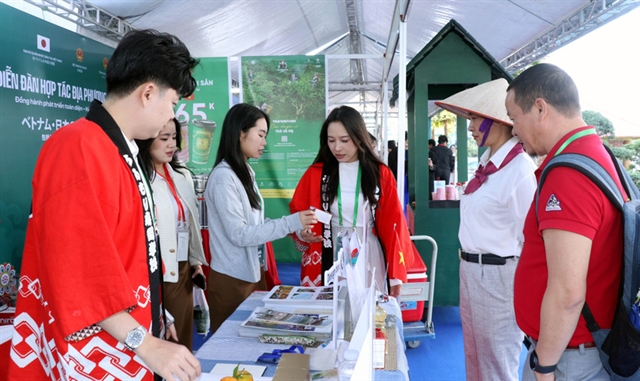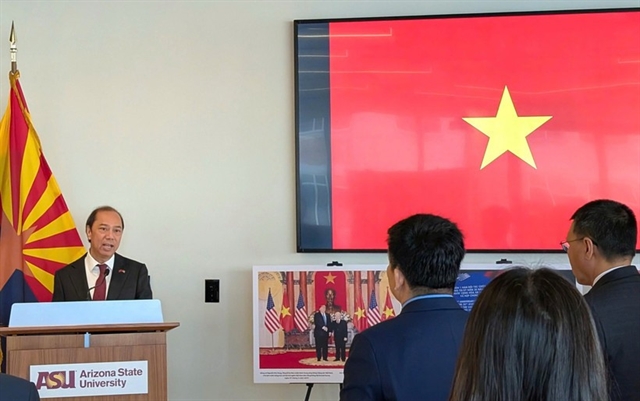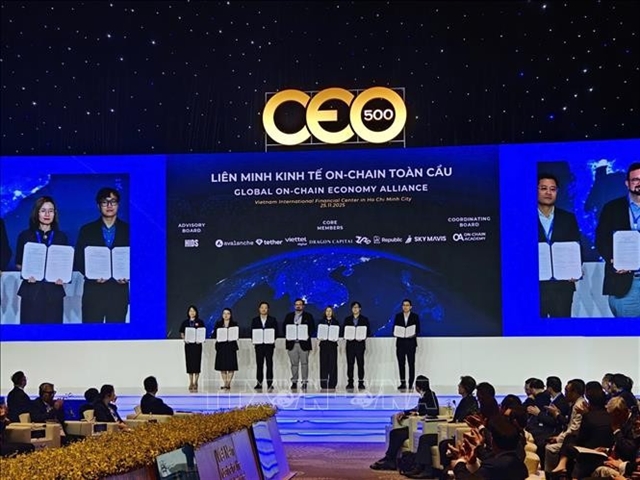 Society
Society
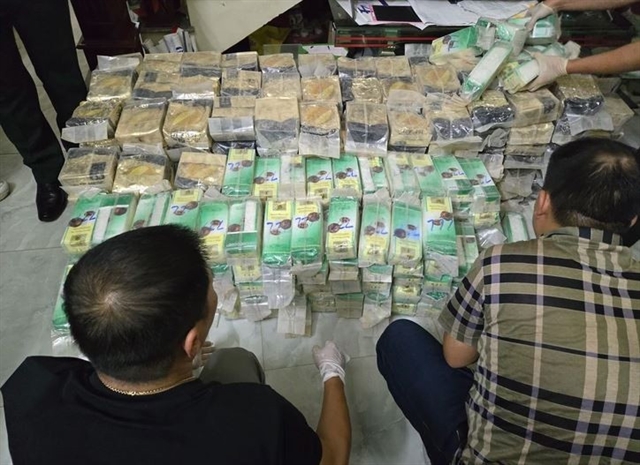
Đỗ Văn Chiến, Chairman of the National Assembly Commission for Ethnic Minority speaks to Việt Nam National Assembly TV on new points in the National Assembly proposal regarding socio-economic development in areas inhabited by ethnic minorities
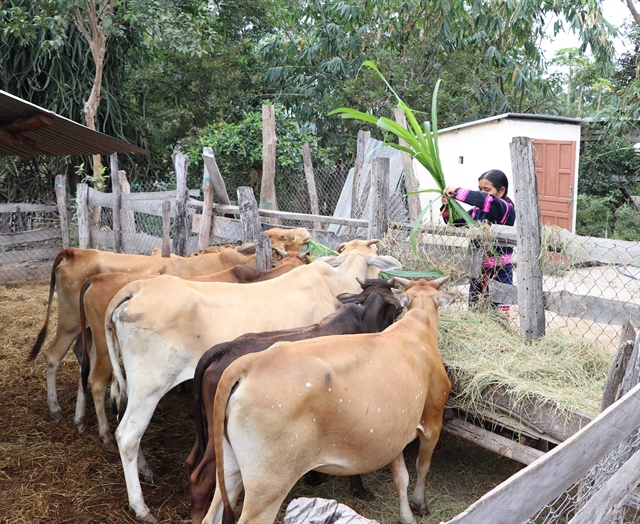
|
| An ethnic farmer feeds her cows. Many households in Bong Biah A Village in the Central Highlands province of Gia Lai have escaped poverty thanks to agricultural development guidance and support. — VNA/VNS Photo Hồng Điệp |
Đỗ Văn Chiến, Chairman of the National Assembly Commission for Ethnic Minority speaks to the National Assembly TV on new points in the National Assembly proposal regarding socio-economic development in areas inhabited by ethnic minority groups
Do you have any comments on the National Assembly proposal on the socio-economic development for Vietnamese ethnic minorities and mountainous regions in 2021-2030?
The adoption of the proposal shows the special attention of the Vietnamese Party and Government towards the Vietnamese ethnic minority people living in mountainous regions. The proposal was well prepared using new approaches to mobilise more resources from all ethnic groups.
The proposal has two main contents.
First, if in the past the Government’s support focused on helping ethnic minority people develop their economy to eliminate poverty, the proposal this time focuses on socio-economic development in areas inhabited by ethnic minority people. To achieve this objective we need to mobilise much greater resources from both the Government and society, including that of the ethnic minority people themselves.
Second, it is an imperative need to integrate different Government policies in the course of writing a National Target Programme on Socio-Economic Development for the ethnic minority people and mountainous regions in 2021-2030. According to the plan, from the year 2021, Việt Nam will launch 10 projects with an objective to solve three key issues: First to promote socio-economic development with a key objective to improve the material and spiritual living conditions of people to narrow gaps between regions inhabited by ethnic minority people and people living in developed regions.
Second, to solve urgent issues in the daily life of the people relating to the land to build their houses or land for their production as well as their daily use water.
And the third issue is that the people will be the centre in the course of developing policies.
It is hoped the proposal will help encourage Vietnamese ethnic minorities to work with people nationwide to make a change in their localities.
How can the proposal be implemented in real life?
The Government has already developed a National Target Programme on how to put the National Assembly proposal into life.
According to the plan, at the upcoming ninth full house meeting in May, the National Assembly will discuss the National Target Programme and assign specific tasks for each Government agency in implementing the programme.
I’m confident that when the National Target Programme is approved at the ninth National Assembly session which is scheduled for May 2020, the National Target Programme for 2021 will be put into life on schedule.
What challenges Việt Nam will face in implementing the proposal?
We’ve foreseen the two biggest challenges in the course of writing the proposal.
First, most of the data written in the proposal is a bit too old and in mid-January 2020, we had to revise and update the data to make it in accordance with the latest available report.
Second, based on guidelines from the National Assembly, we will have to redefine the definition of ethnic minority and mountainous regions in accordance with their development level. As a result, areas inhabited by ethnic minorities will be narrowed down, and the list of especially poor households will also be shortened. We’re preparing to write a proposal on redefining areas inhabited by mountainous ethnic minorities to submit to the National Standing Committee before sending it to the Government and the Prime Minister for approval. — VNS
.

